Why to Avoid Overconcentration when Investing
A concentrated position in a single stock can happen to investors for many reasons. They may receive company stock as part of their employee compensation package or they may have bought shares of a single company, hoping to choose a big winner.
However, it’s unlikely that a single stock will outperform the market as a whole. By only selecting a single stock, you can introduce a lot of risk into your portfolio. If your selected stock tanks, it can drag your portfolio down with it. Here’s a look at why concentrated positions are so risky and what you can do to mitigate that risk.
Why Choosing Individual Stocks is so Hard
Investing in a single stock can be tempting. However, it’s very difficult to pick one that’s going to outperform the market as a whole — even for professionals. Why? Millions of investors buy and sell stocks every day, and they react almost instantly to any new information about a company. As a result, stock prices tend to reflect all available information.
To choose a single stock that beats the market, you must find one that most people, including institutional investors, have overlooked. Institutional investors have access to vast amounts of information that the average investor does not, so it is unlikely you will spot something they haven’t already considered.
Most stocks actually underperform the market average, so even if the stock you pick does well in a given year, it’s likely that the broader market will still do even better. Over the long term, most individual stocks decline in value.
How Much is Too Much of a Single Stock?
A single stock position can still be a small part of your portfolio. The 5 Percent Rule is a popular guideline that suggests that no more than 5 percent of the total value of your portfolio should rest in any one asset. Because it is so hard to choose stocks that will beat the market, it is perhaps best to think of this portion of your portfolio as entertainment, or a place where you can experiment. Avoid investing more money than you are prepared to lose.
How to Prevent Overconcentration
To limit the risk of overconcentration, focus on developing a diversified portfolio that includes different asset classes. Go further by diversifying across sectors, sizes, and geographical regions.
Broad market index funds — which seek to replicate a market index — can be a helpful tool for diversification, spreading risk exposure across hundreds of different companies.
If you’ve just acquired company stock, you may find yourself in a concentrated position. For this reason, it can make sense to sell company stock soon after acquiring it, reinvesting the money in a diversified mix of stocks, bonds, and other investments. Selling stocks can trigger capital gains taxes, so you may want to work with an advisor to make sure you sell assets and reinvest as tax-efficiently as possible.
Sometimes you can end up overconcentrated in a single stock without trying. For example, let’s say that 95 percent of your portfolio consists of index funds and bond funds, while the other 5 percent is in a single stock. If that single stock has a great year and doubles in value, it could now represent much more than 5 percent of your portfolio. Avoid overconcentration by rebalancing your portfolio, which could mean selling some of your single stock position and buying more mutual fund shares. Or it could mean directing additional savings to the index funds and bonds funds.
It’s impossible to eliminate all risk from your portfolio. But by avoiding overconcentration in a single stock and diversifying your portfolio, you can potentially mitigate it over the long term.
Reach out to the Emerj360 team if you have questions. The ability for you to lean on our dedicated team of financial professionals for one-on-one consultation when you need to is what sets Emerj360 apart!
SOURCES
https://peterlazaroff.com/dont-gamble-your-future-on-your-companys-stock/

